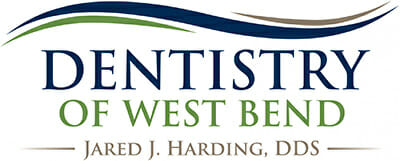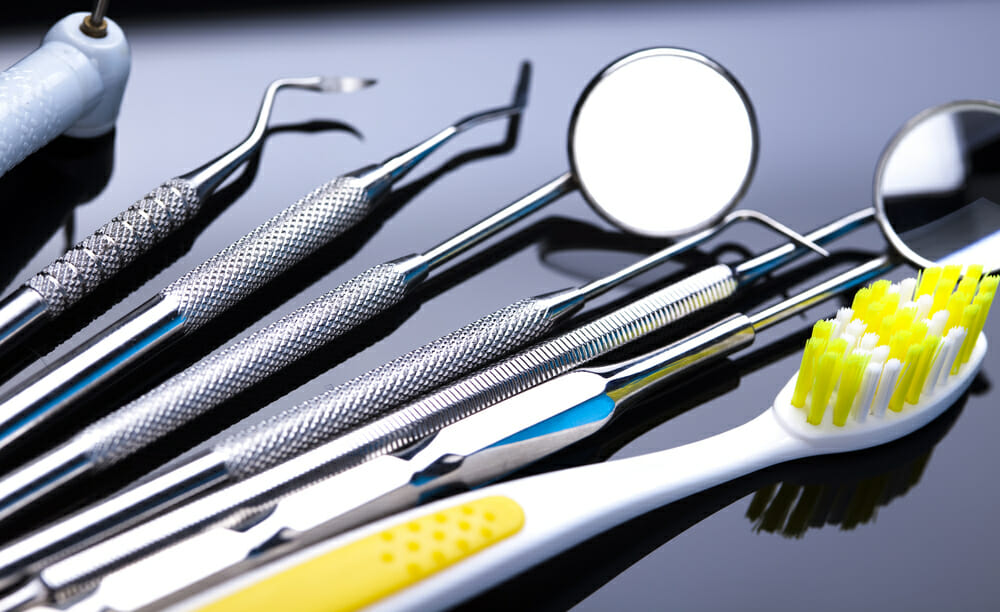Of all medical offices, it is the dentist’s office that the majority of people dread going to. In fact, an astounding one in five Americans is afraid of going to the dentist, even if it’s just a regular dental check-up. This fear, while common, can be dangerous as it prevents many people from going to get critical dental care; dental care that can prevent premature teeth and gum problems, and care that may even save a person from a debilitating health issue as some dangerous diseases and illnesses first begin with oral symptoms.
But telling someone to just not be afraid isn’t helpful. It is important to understand why people are scared and to answer those fears with grounded facts. One common worry we hear at our West Bend dentist’s office is that the tools we use during check-ups may hurt, damage, or otherwise cause pain to the patient. The following article is a look at two necessary instruments, why we use them, and why children and adults shouldn’t be afraid of them. Those tools are the perio probe and the dental explorer.
Periodontal Probing
What is the Periodontal Probe?
One instrument that our dental team will always use during a check-up is the periodontal probe. This instrument is long and thin with a blunted end and is used to measure how deep the pockets are around a tooth.
Will the Use of a Periodontal Probe Damage My Teeth?
Never in a routine visit. In some situations following dental surgeries or bone grafting, it is forbidden to use a periodontal probe because there does exist a small risk of pushing bacteria down into gums. However, this instrument in the care of experienced dental practitioners like those at the Dentistry of West Bend will not hurt your teeth.
Why Does the Dentist Have to Use a Periodontal Probe?
In healthy mouths, gums are firm and tight. This is important as they are sort of like the soil that keeps teeth rooted securely in place. However, certain factors can cause this gum tissue to become saturated with bacteria. That bacteria causes the gums to become inflamed and that inflammation leads to the gum tissue pulling away from nearby teeth. This creates a gap between tooth and gum and that gap we call the periodontal pocket. A deep periodontal pocket traps food and things like sugar from soft drinks, enabling more bacteria to thrive, and that bacteria will start eating away at everything. Including your teeth.
The periodontal probe is used to perform periodontal charting. Ever hear your dental hygienist start calling out numbers to you during a dental cleaning? What they are reciting is the measurement (in millimeters) of those pockets around your teeth. The smaller the number (0-3mm is ideal), the tighter and more shallow the pocket, in other words, the healthier the gums. If during the probing, the dental hygienist finds a pocket depth of 4 mm or more, then they will recommend professional treatment. Not getting a professional treatment can lead to trapped bacteria causing even more inflammation, pain, and even eventual tooth loss.
How Does the Periodontal Probe Measure Pockets?
At the very end of the probe are black, indented lines. Each black line or indentation represents one millimeter. So when the dental hygienist probes between your tooth and the gum line, they are inserting the coned tip to see how shallow the pocket is. Use of the probe to measure pockets this way will not cause pockets to deepen or widen.
Is There Something I Can Do to Prevent Pockets From Forming? What if it’s too late and I Have Deep Pockets?
Being proactive is always better than being reactive. To prevent deep periodontal pockets from forming, you simply have to follow common oral hygiene practices. This includes:
- Brushing your teeth twice a day with a dentist-recommended toothpaste and a quality toothbrush in good condition.
- Floss between your teeth at least once a day to remove that plaque and food particles your toothbrush can’t get to.
- Follow flossing with a mouthwash to fully eliminate all bacteria risk.
- Reduce the overall risk of pockets by staying away from items that commonly cause tooth and gum issues. This includes smoking and high-sugar foods and drinks.
If your West Bend dentist or dental hygienist does find deep periodontal pockets, don’t fret! There are plenty of treatment options, including same-day treatment options, available at our Dentistry of West Bend office. Regular dental check-up visits will also eliminate the need for more invasive treatment options.
The Dental Explorer
As noted above, there is another common instrument called the dental explorer that gets used. The dental explorer is also called a sickle probe because of its shape. This instrument features a sickle curve that ends with a very sharp point. A dentist will use a dental explorer to probe teeth in order to detect the presence of cavities.
Will the Use of a Periodontal Probe Damage My Teeth?
The dental explorer does have a more notorious reputation than the periodontal probe because the explorer is used directly against teeth. When not used correctly and without care, there is a small risk of the very sharp end of the probe penetrating a groove and opening up the tiniest of holes. However, this risk is minute and the advantages of the explorer in detecting and gauging the severity of cavities make it an invaluable tool.
That said, our dental office of Dentistry of West Bend still takes every precaution with this tool, as we do with every tool. Before using the dental scraper, our dental team will first complete a detailed visual examination of your teeth along with diagnostic imaging. This will enable us to pinpoint the possibility of cavities and then, once a cavity is sighted, the dental explorer used to explore that cavity and inform the dentist on the best treatment options to proceed with.
Contact Dentistry of West Bend to Learn More
Remember, the best way to prevent cavities and gum disease is with regular check-ups! We hope the above guide helped answer concerns you might have had with dental tools. For more information and to schedule your preventative dentist check-up, contact our team today by calling (262) 618-0215 or visiting us on the web.


Recent Comments